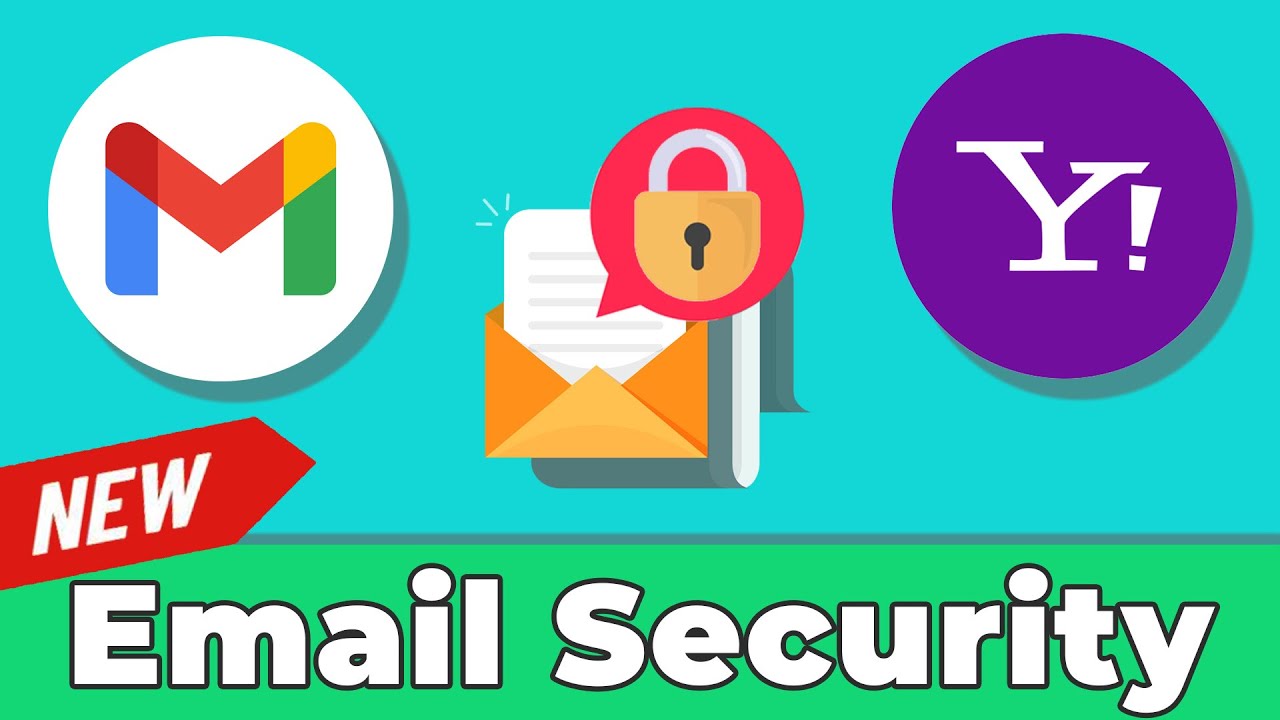Crucial Email Requirements from Google & Yahoo: What You Need to Know
Key Changes and Their Impact
Starting in February 2024, Google and Yahoo will require email senders to adhere to new security and authentication standards. These changes aim to authenticate email domains, include one-click unsubscribe links, and limit the rate of marked spam. The underlying goal is to curb spam and thwart phishing attempts. The revised guidelines encompass all email senders owning custom domains, emphasizing stringent compliance.
Deconstructing Google’s Conflicting Recommendations
The ramifications of these changes are far-reaching and carry significant implications, not just for heavy-duty email marketers, but also for smaller-scale domain owners. As the requirements trickle down, the crucial details lie in the authentication of email domains through mechanisms like SPF, DKIM, and DMARC. It’s a step in the right direction, but a nagging contradiction persists. While Gmail asks users to authenticate emails correctly, they propose a DMARC policy of ‘p=none’—a puzzling move that dilutes the efficacy of the enhanced security measures.
The Case for Full DMARC Implementation
Amidst the confusion, the onus lies on domain owners to navigate the intricate landscape of email security. A robust DMARC policy, with a stringent ‘p=reject’ criterion, is the ultimate barricade against email scams. To achieve this level of security, users must deftly install and monitor SPF, DKIM, and DMARC records. While formidable and potentially overwhelming, it’s paramount to take the lead in securing your email domain, or risk exposure to phishing attempts and email scams.

Embracing a Reliable Partner: EasyDMARC
In the quest for formidable email security, tools like EasyDMARC shine as true enablers. Employing a balanced blend of email domain authentication and continuous DMARC monitoring, users can deflect rogue attempts and fortify their domains against security breaches. For smaller entities lacking a dedicated email specialist, EasyDMARC swiftly fills these voids, providing clarity and actionable insights through intuitive and comprehensive dashboards.
Embracing Email Security with Confidence
Despite the arduous journey, transitioning to a fortified email domain is non-negotiable. The accelerated risk of spam and phishing are a constant threat, underscoring the urgency to act. Although Google and Yahoo herald the dawn of new email requirements, the impetus is on each domain owner to embrace these changes proactively. The salient message is resounding—secure email domains are the bedrock of safe and trustworthy communication.
Remember, when faced with a mandate to install a ‘lock on your door,’ ensure you not only install it but also secure it diligently. Let’s embark on this transition with unwavering resolve and fortified domains. Cheers to a safer digital future!










![Here are some improved options for your Minecraft server title, keeping it under 30 characters:
"GOLDFISH MC [Modded] SMP!"
"GOLDFISH MC: Modded Fun SMP"
"GOLDFISH Modded SMP Adventure"
"Goldfish MC: Epic Modded SMP"
"GOLDFISH MC: Fun Modded SMP"
Feel free to pick or mix elements from these suggestions!](https://game-drip.com/wp-content/uploads/2024/04/gamedrip-news-latest-3284.jpg)

![How about this: "🔥 Kingdoms of Faction RP 🔥 [Cross-Play]"?](https://game-drip.com/wp-content/uploads/2024/04/gamedrip-news-trending-5605.jpg)







